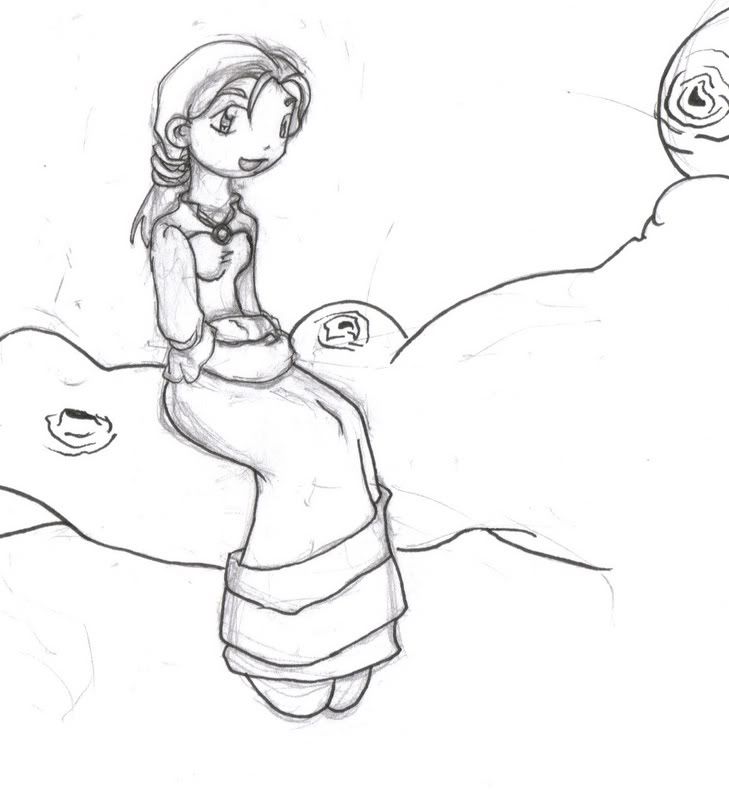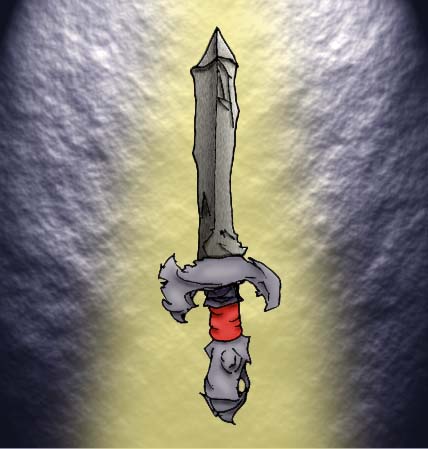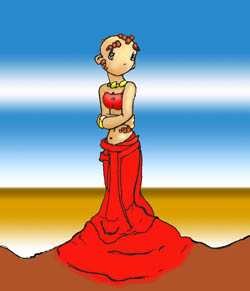Delayed Reporting

These next two games actually took place April 30th. I managed to get in the games, take screen shots, and write these entries on them. Yet for whatever reasons, I would not post them online until now.
When Crymzon mentioned that we were testing a new deck, I thought I would choose one of my decks that can vary wildly in its strength. Going with my Storm of Fishes deck, I would face off against Warrada first. It was a good choice. What surprised me was the application of Warrada. It just came off as weak. Aula Mindseeker would take out Warrada without even giving up a creature to Corrupt. Mostly because Aula had enough creatures in play to swing the defeat using an Undertow to setup the condition right for it. Apparently Crymzon lost connection to gatlingEngine while Aula took the battle forward into Togoth, who's purpose seemed to be to play the Naroom Shadow Geyser to grant extra energy for those Core creatures.
While Crymzon was still logged out, I found Levriat in the chat room looking for a game. About the time I was going to start a game with them, Crymzon logged back in and suggested we play a three-way battle. I guess Crymzon is used to playing three-ways were each person is designated a specific person to attack and a specific person to defend themselves from. We just did a free-for-all. Why? Simple, when I tossed down with Bograth, I knew I was going to draw attention if I pulled off my Grahnna-Oyder combination. Which I did. Baa went down easily enough after drawing at least the Pyder. While I would have loved the Swamp Hyren too at this point. It was a good start. Crymzon played the same Core deck, but they chose to start with Lanyx. Against Bograth, not a good choice. A simple use of the Poison Baloo Roots I had made sure the Core Grag couldn't fire off its power quite so easily. On the other hand, Levriat was playing Arderial. Aula started off some powerful card draw with Cloud Sceptre and her power, after playing a few cards of course. With Trade Winds in there, we saw the opening hints of a powerful Xyx combo around the corner.

After suffering from the combined efforts of Crymzon and Levriat, Grahnna would slip away and it would be up to Brog to make my final stand in the group match. At this point, Crymzon was the strongest position on the field. Having stolen two Xyx from Levriat's forces, the Xyx Elder wasn't quite the threat for Crymzon. I would focus my efforts into Crymzon to restore some balance. In the end, the dual efforts of Levriat and myself would do far more than just balance the scales back out. Crymzon would be the first player defeated despite their having had two magi left when Levriat and I were both down to our final magi already. Togoth had been the second magi again. The screen shot above is from shortly before Crymzon was defeated.

After Crymzon was defeated, my only hope was drawing more creatures. While I did draw a couple creatures, it was too little and too late. Brog just couldn't hold out long enough for any sort of comeback.






